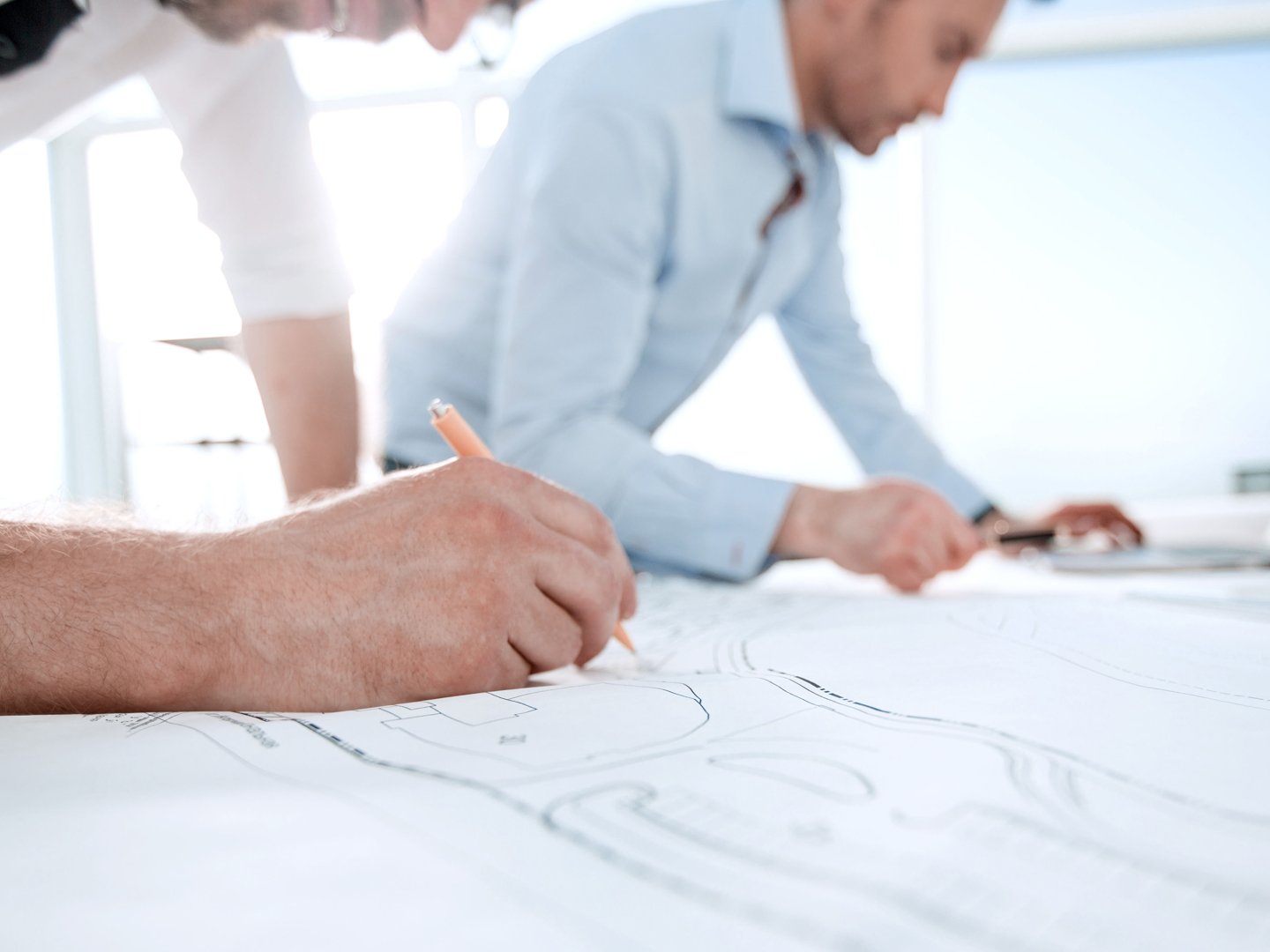A question?
The answers to the most frequently asked questions by architects might contain the information you're seeking.
EQUITONE is designed to be installed as a drained and ventilated façade otherwise known as a ventilated rainscreen system. These terms mean that cladding is installed with a cavity behind the panel to allow for air to pass through. The gap between the panels and the exterior wall and the insulation gives the building benefits such as improved energy efficiency, sound insulation, and the prevention of mold and mildew.
Ventilated rainscreen systems start with the anchoring base, which is typically an exterior building board in new construction, or brick or reinforced concrete in a recladding of a current building. The next layer is a weather barrier, followed by the substructure made of either metal or timber. Insulation is added before attaching the façade to the substructure.
The cavity of open space behind the cladding in a rainscreen system allows air to circulate and escape at the top and bottom of the assembly. As such, hot and cold air can travel without penetrating the building. Installation of rainscreens also allows for continuous insulation reducing thermal bridges.
EQUITONE offers expertise at each step of your project. You can reach out to us with your questions, and a representative will respond to you shortly.



